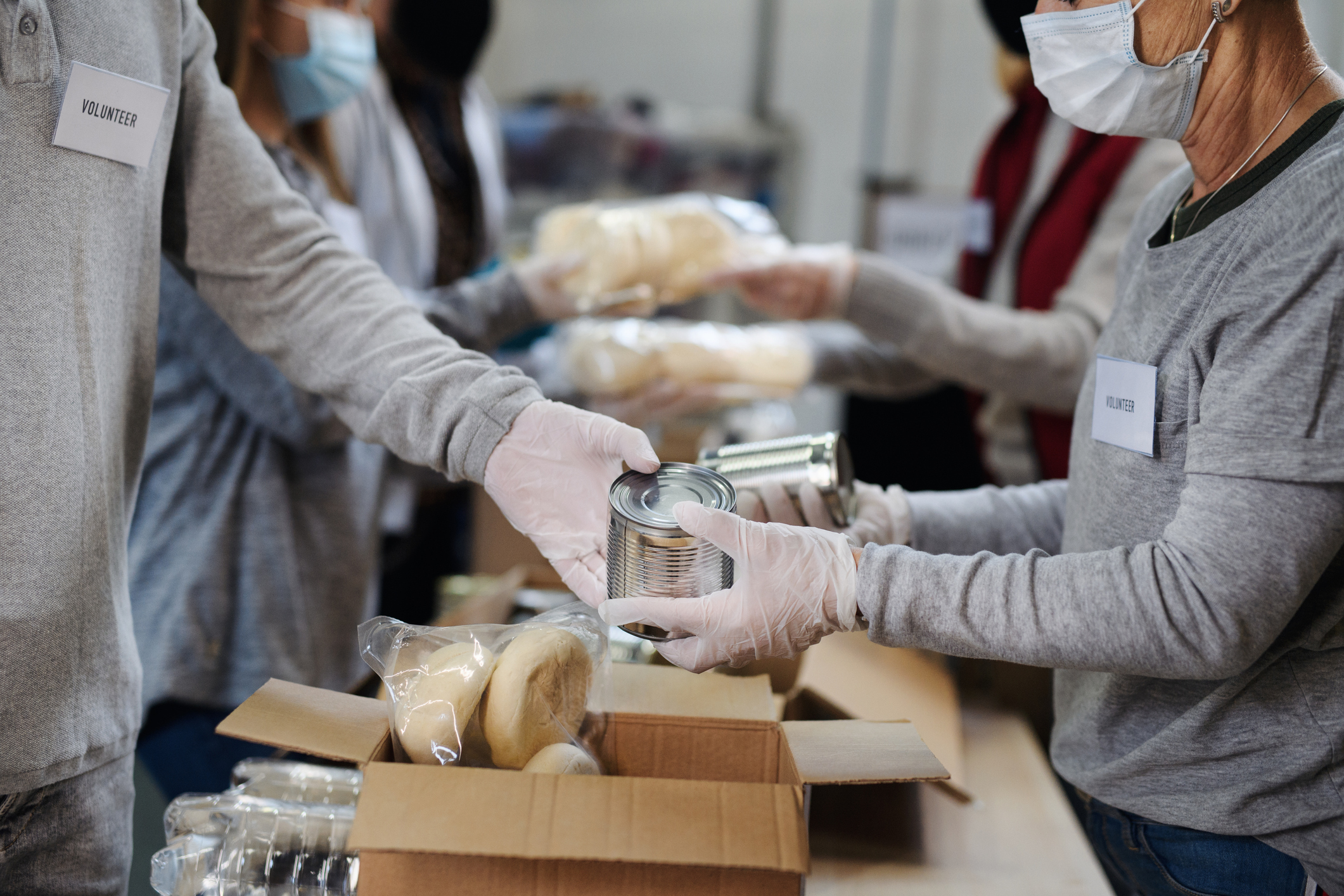Assistance Squeezed: Donations Not Matching Increased Demand for Palm Beach Nonprofits

Palm Beach is known for hosting high-profile charitable fundraisers where wealthy local residents give generously, but beyond the glitz of those galas, area nonprofits are struggling to meet rising demand for services.
Besides donations not keeping pace with the increasing number of people requesting assistance from charitable organizations, nonprofits are facing the same difficulties as businesses nationwide that have had difficulties attracting and retaining employees. Compounding the issue, the entire state of Florida has seen a double-digit decrease in volunteerism in recent years. And inflation that has increased costs of living for individuals has similarly strained charities — but advocacy groups are weathering the storm with the can-do attitude they often have when helping their clients.
“Even though there has been a lot of hardship among the nonprofits, they have really been stepping up to the plate,” said Marlene Passell, director of the Nonprofit Chamber of Palm Beach County, whose members include nearly 100 nonprofit group CEOs. “There’s an amazing resilience among the nonprofits … somehow they manage to find a way to do it and they lean on each other a lot.”
Fueling much of the difficulties in the nonprofit sector locally and nationwide are the lingering effects of the ongoing COVID-19 pandemic that triggered an economic downturn. The spike in the price of groceries has strained food banks while government assistance provided to help those impacted by the coronavirus is being phased out. Of course, it is not uncommon for nonprofits to report that donations are down and demand is up during times of economic turmoil, but the current climate is particularly precarious.
“So many people lost jobs,” said Passell. “There’s a whole new layer of people needing that help.”
And it’s not only the Palm Beach County residents struggling to make ends meet in the rural western communities, the I-95 corridor or low-income neighborhoods of ritzier waterfront areas such as Boca Raton. The entire county counts on these nonprofits’ survival, as nonprofits are the third-largest employer in the county, Passell notes.
Palm Beach County is home to 7,748 nonprofits that generate more than $5.3 billion in annual revenue combined and employ 31,912 workers earning $44,096 annually, according to the Florida Nonprofit Alliance (NFA), a Jacksonville-based umbrella organization that represents charitable groups across the state. But the decline in volunteerism is straining that workforce.

“What’s happening now is actually the staff is wearing multiple hats, as many nonprofit staff members do, to make up for the gap of volunteers,” says Sabeen Perwaiz Syed, CEO of the Florida Nonprofit Alliance, which represents charitable organizations across the state.
The sharpest decline in volunteerism nationwide was reported in Florida, where 16% of residents donate their free hours to local organizations, according to the latest available statistics. That’s a drop from the nearly 23% of residents who volunteered in 2017. Those figures are part of an AmeriCorps analysis of U.S. Census Bureau data for 2017, 2019 and 2021, the latest year available. Nationwide, formal volunteer participation was 23.2%, dropping 7 percentage points between 2019 and 2021 — the largest decrease the survey has recorded since a version of it started in 2002.
Florida’s volunteer rate slumped in large part because of the pandemic, which made it especially risky for older Americans — who are among the most loyal and regular part of the volunteer population in Florida and elsewhere — to interact in public settings.
Nathan Dietz, a researcher at the University of Maryland’s Do Good Institute, says charities that didn’t focus on retaining volunteers during the pandemic may find it difficult to get them back.
“There were some organizations who, during the pandemic, they just said, ‘We don’t know how we’re going to do volunteer management or volunteer engagement, and we don’t really have time to figure it out because we have bigger problems,’” Dietz said. “When people disengage from that kind of regular activity, it’s hard to re-engage them even if you’re trying to actively do that.”
Other Florida nonprofits are turning more to online volunteering and enlisting companies to urge employees to volunteer.
For instance, Office Depot, based in South Florida, includes volunteerism as part of its professional development for employees. Since 2017, the company has sent workers to help charities do landscaping, paint murals, prepare meals for youths in Florida, and more. Even as nonprofits work on a variety of ways to try to expand the number of volunteers, doing so may take time.
“I do think that Florida’s numbers will increase over time as we stabilize a bit from the pandemic,” Perwaiz Syed says. “I don’t think you’re going to see us in the top 10 because that’s just not possible to go that far that quickly. But I do think it will increase a little bit.”
The trend comes as the first comprehensive poll to measure public attitudes on foundations and nonprofits found that 48% think that nonprofits are on the wrong track, and only a third believe charities contribute a lot to society. Perhaps most surprising is that only 5% of Americans think they or someone in their immediate family has been helped by a nonprofit, even though one in 11 work for a charitable organization and a big share of people are served by colleges, hospitals, cultural organizations or religious congregations, or they participate in advocacy drives by environmental, civil rights and other nonprofits.
Una Osili, associate dean for research and international programs at the Indiana University Lilly Family School of Philanthropy, which published the study based on a survey of about 1,300 people conducted in the summer of 2022, said, “Most people benefit from the services that nonprofits provide, but most people aren’t aware of how these public goods are provided.”
-With Associated Press



